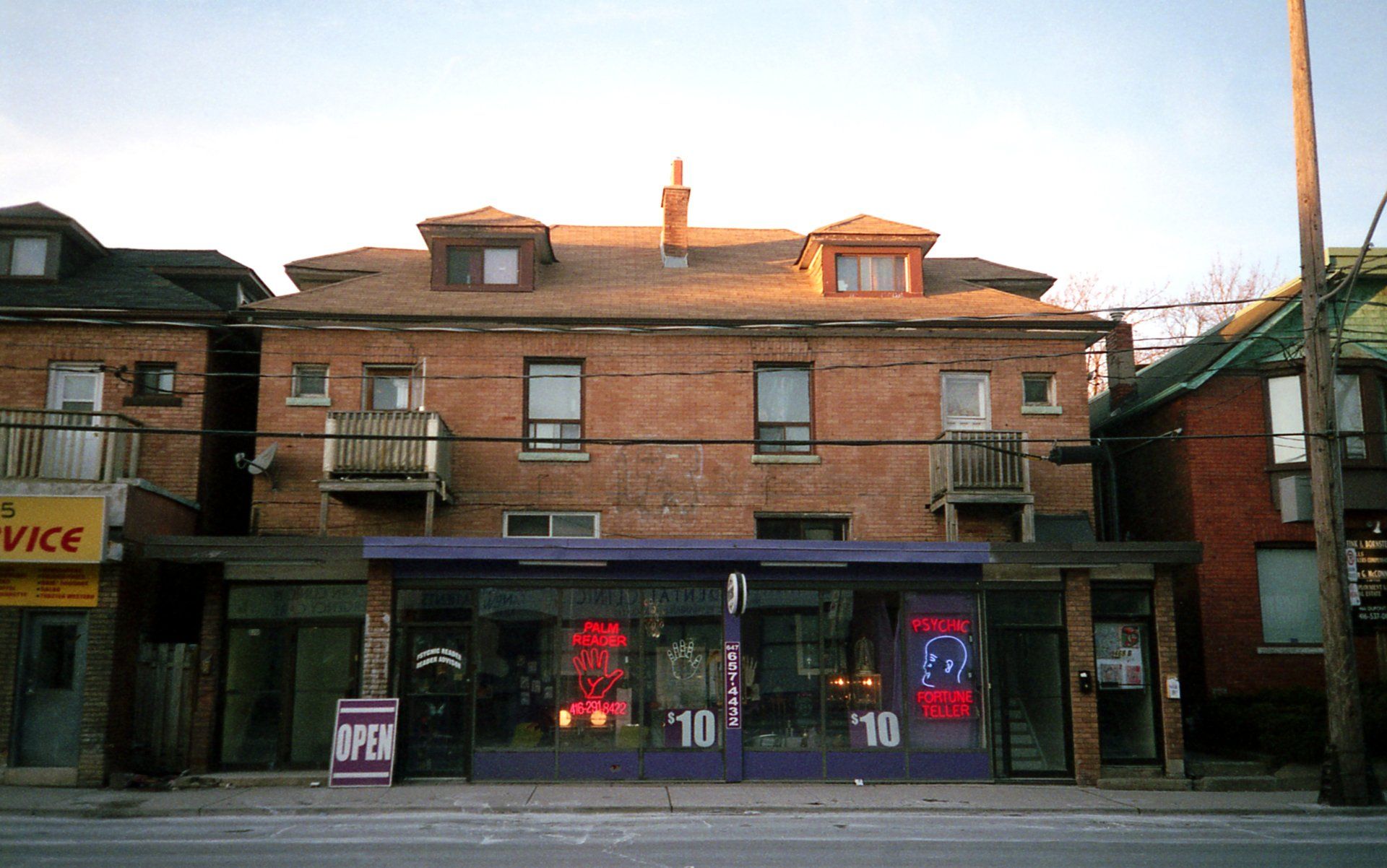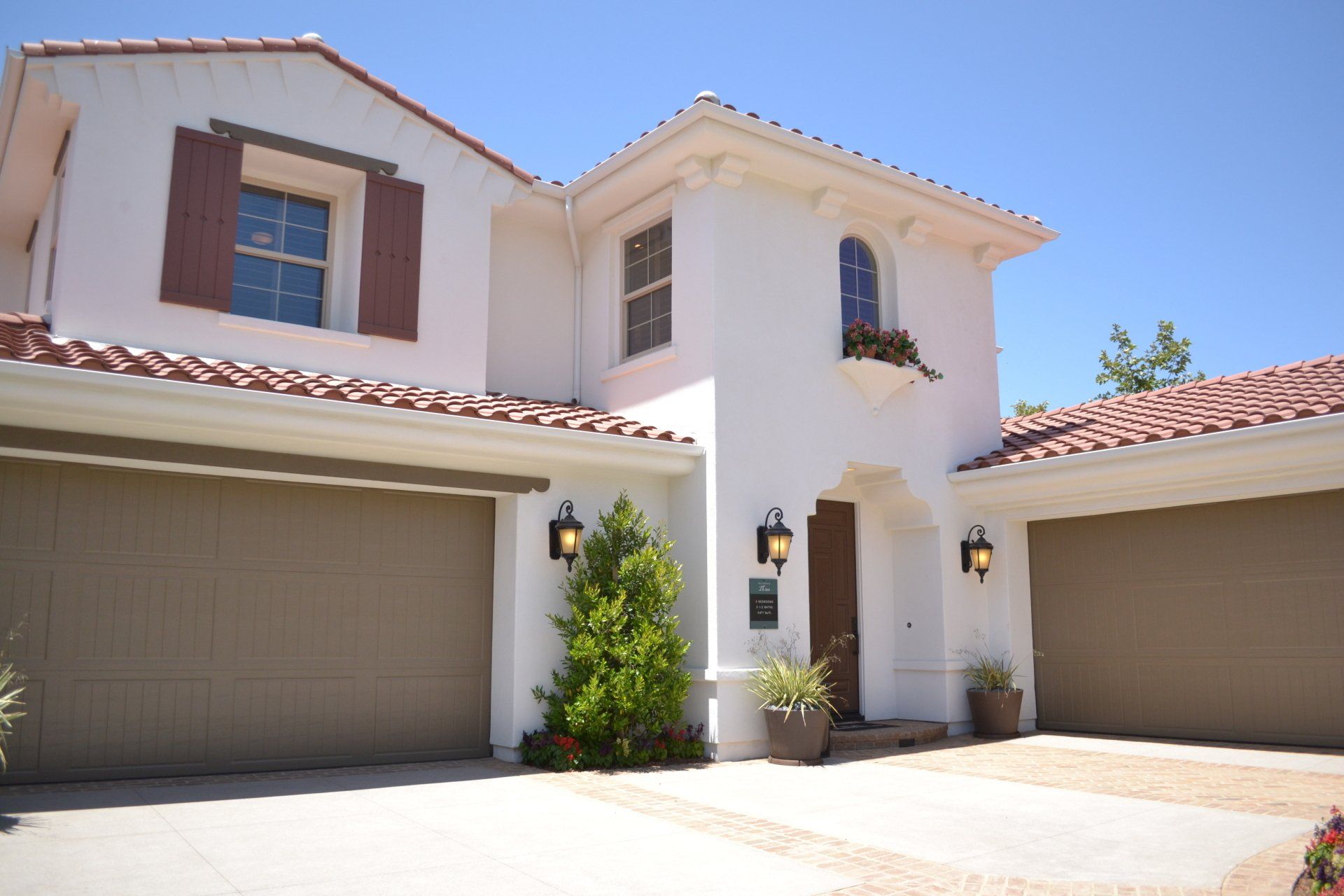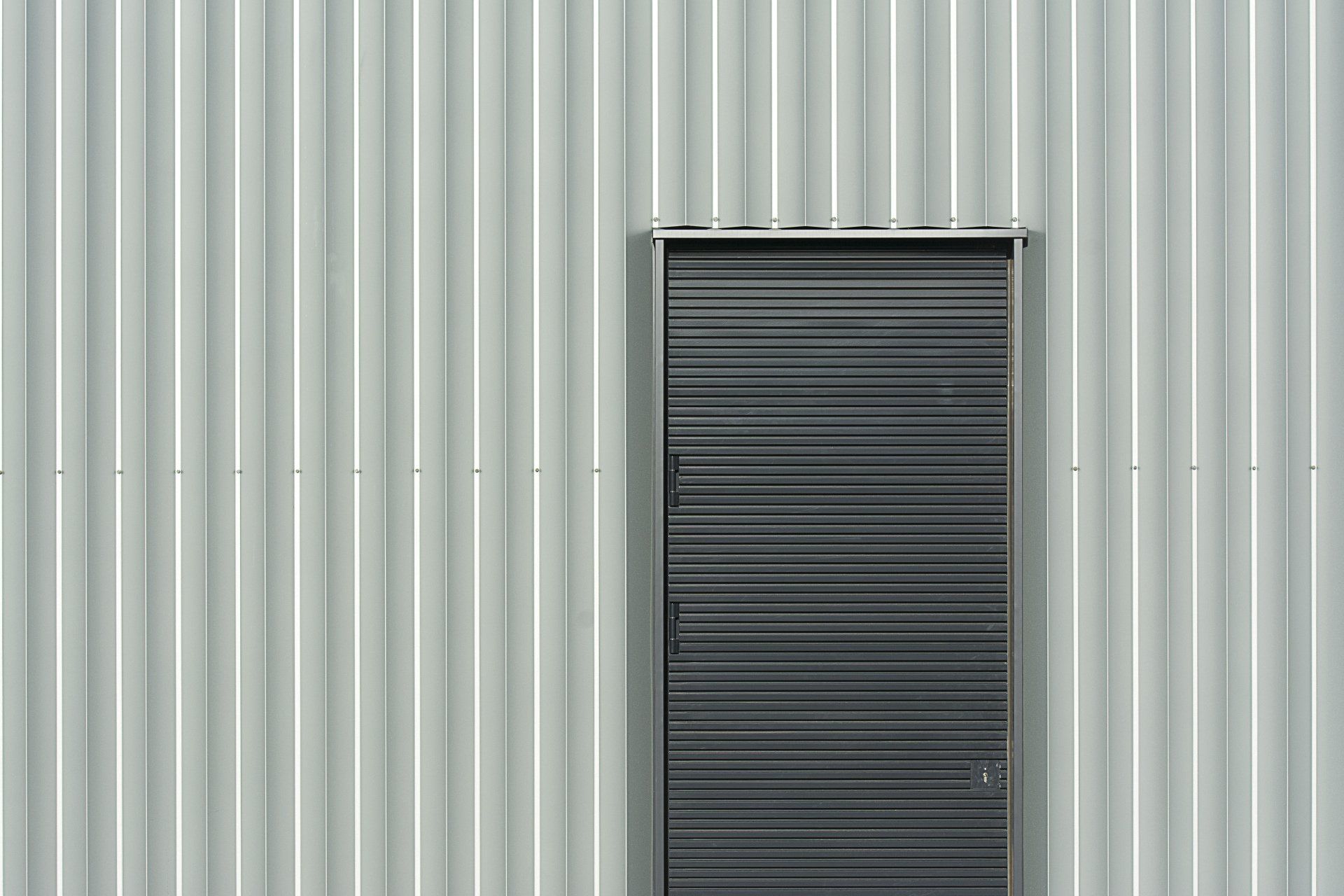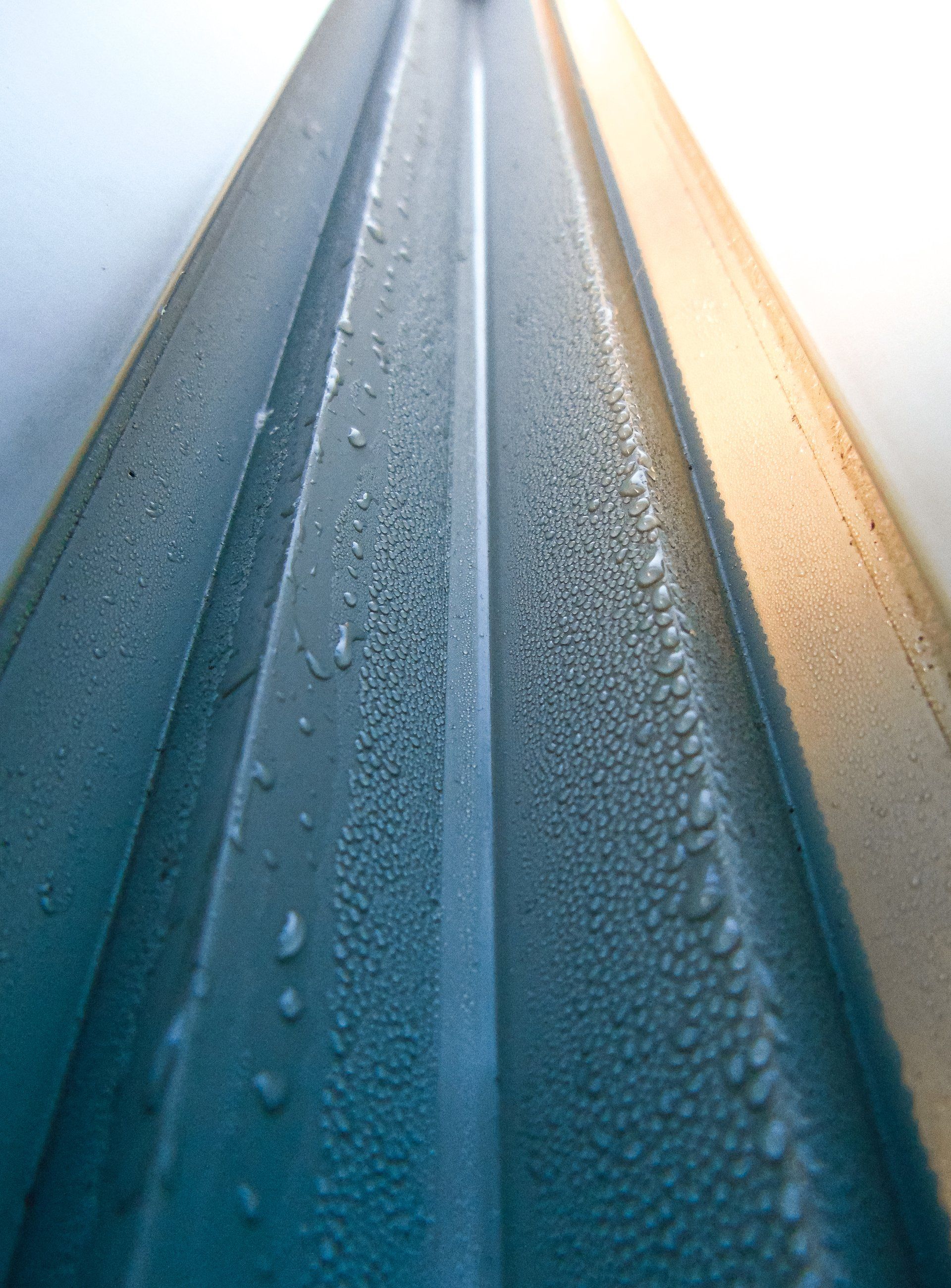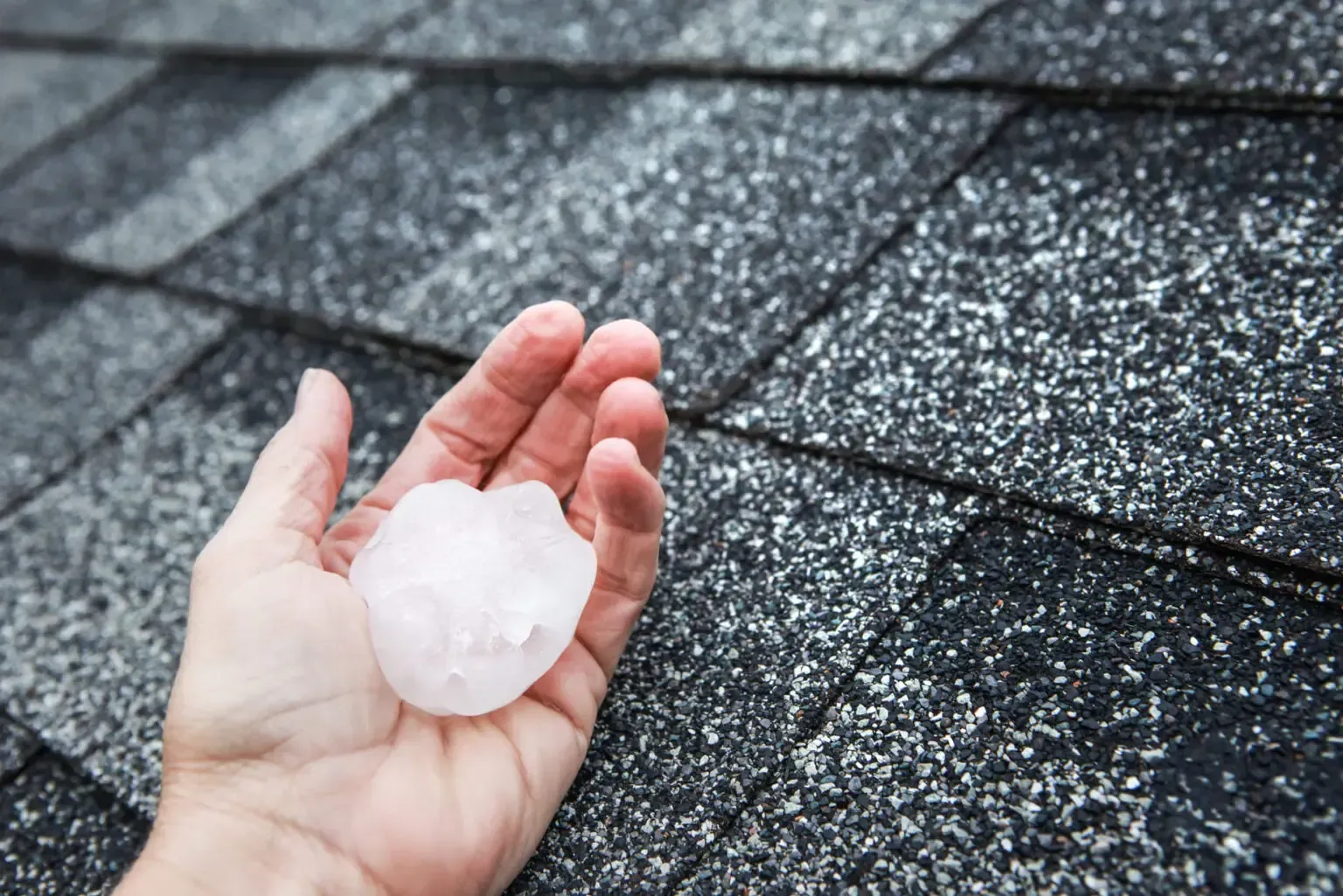Frequently Asked Questions
Here at Weathercraft Companies, we have answered all your frequently asked questions. Please go through the Weathercraft Companies FAQs for more information.
-
I have a contractor offering a 5-year warranty, but my shingles say they have a 30-year warranty. What does this mean?
There are three types of warranties in the industry:
1. Workmanship warranty
2. Manufacturer’s Material Warranty
3. Manufacturer’s Labor & Material Warranty
Almost all manufacturers provide a material warranty on their products. This warranty is in writing and will be on a standard form that features the manufacturer’s name. For instance, common asphalt shingle warranties are 25-year, 30-year, or 50-year. Most siding warranties are limited lifetime (which means as long as you own your home or building), and commercial roofing products are typically for 20 years. Typically, these warranties are prorated material-cost-only warranties. This means that the manufacturer would pay a prorated amount if the product failed without an “Act of God” (hail, wind, flood, etc.). The prorated amount would be the percentage of life that the product under warranty did not perform. For instance, if a 30-year asphalt shingle lost all of its granules in the 15th year after installation, the manufacturer would pay 50 percent of the cost of the materials because the shingle only lasted one-half of its life. On the other hand, if a shingle lasts 80 percent of its life under warranty, the manufacturer will pay 20 percent of the material cost. These warranties are available for any product that you buy. As a customer of Weathercraft, you are covered even if you don’t have a copy of the warranty. We keep records of all products used in your home or building.
Because manufacturers produce the material and the material warranty, the contractor you choose will warranty their work of installing the product. This is called a workmanship warranty. This warranty is to assure the customer that the work was done per the manufacturer’s guidelines for installation. If the contractor did something wrong, this warranty states that the contractor will return to fix the problem without charging the customer. For instance, if a contractor didn’t use enough nails while installing shingles, the contractor will have to come back to install the proper amount of nails at no cost to the customer. The industry standard is a 2-year workmanship warranty, as most problems with a job are identified during that time. Most states enforce an “implied workmanship warranty,” which means that regardless of whether the warranty is in writing, a customer expects the purchased job to be installed and performed properly for 1 to 2 years minimum. Weathercraft will provide a written workmanship warranty if requested. Weathercraft has an excellent reputation for installing products properly and fixing any mistakes, regardless of how long the product was installed. How long a company has been in business is a better guideline for a workmanship warranty than any written piece of paper because if a company goes out of business, the paper is worthless. Weathercraft finds it amusing that contractors who have been in business for 1 to 2 years offer a 5-year workmanship warranty. The company is trying to “trick” its customers into thinking it installs products differently than its competitors.
A manufacturer’s labor and material warranty was developed mainly in the commercial roofing industry in response to the poor performance history of flat roof products prior to the 1980s. Because consumers had little or no confidence in commercial roofing companies installing detail-oriented flat roofs, manufacturers stepped in to “partner” with reputable contractors to provide a manufacturer’s labor and material warranty. The manufacturers backed their products AND the installers of their products 100 percent. This means that if the roofing contractor went out of business, the manufacturer would find another roofing contractor to warranty the roof and pay that contractor directly. So, if your commercial roof leaked from an installation error in the 18th year of a 20-year labor and material warranty, the customer was still 100 percent covered. The manufacturer would find and pay a certified roofing contractor to fix your roof. This type of warranty always requires a manufacturer’s representative to inspect the roof after installation personally. This revolutionized the flat roof industry, and Weathercraft recommends this high-standard warranty on all commercial flat roofs. Beware of unscrupulous contractors who claim their manufacturer’s material-only warranty is the same as a manufacturer’s material and labor warranty. A few manufacturers also provide a false material and labor warranty, which in the fine print states that they are not liable for anything. A Weathercraft customer will always receive a personalized written manufacturer’s labor and material warranty, stating the type of roof, owner's name, and contractor’s name, on the manufacturer’s letterhead for EVERY roof job performed.
-
Is a white roof better than a black roof?
Black roofs will absorb more heat, whereas white roofs will reflect heat. As a result, a black roof can be 10 to 20 degrees warmer on the surface than a white roof. This can be good or bad, depending on three criteria:
1) How much insulation do you have in your home or building? Standards say that if you have an R-value of 15 to 30 or more (depending on your climate zone), you are properly insulated. This means that the temperature in your home or building will not be affected by the color of your roof.
2) Where do you live geographically? If you live in the middle or northern United States, the added heat absorption is helpful in the winter and harmful in the summer, assuming that your home or building is under-insulated. So, roof color is not a factor in these regions. If you are under-insulated and live in a warm climate (southern United States), then having a lighter roof is advantageous.
3) Do you live in an urban or rural area? Large cities that have numerous buildings close together with dark-colored roofs can experience what is called the “urban heat index.” This means that darker roofs “hold” the heat in the city, causing a slightly larger ambient temperature outside. So, more energy is required to cool the building. Lighter or rock-covered roofs help to reflect the heat in these situations. In our opinion, no cities in Weathercraft’s coverage area are large enough to experience the “urban heat index.”
-
Can I place another layer of shingles on my house to save on tear-off and dump costs?
Yes, you can place another layer of shingles on your house, although Weathercraft strongly recommends against it for several reasons. First, if you are replacing your roof due to an insurance claim, most insurance companies “holdback” the tear-off and dump payments until they verify the work was performed. Therefore, there are no additional savings for the homeowner to avoid the tear-off and dump. In addition, some insurance companies may drop you or increase your premiums if you have more than one layer of shingles. Second, when you add another layer, you are trapping moisture between the layers that will attempt to escape and accelerate the wear on the underside of the top layer. In Weathercraft’s experience, each additional layer under the top layer will reduce the life of the top layer by 30%. Third, most city building codes (if they exist) will not allow more than 3 layers of shingles. Therefore, Weathercraft will only recommend adding a layer of shingles if the owner has financial constraints and fully understands the negative impacts.
-
Sloped roofs seem better than flat roofs, so why do people have flat roofs?
Sloped roofs shed water better than flat roofs but have higher construction costs because of the trusses. In addition, larger roofs are too big for traditional truss construction. Flat roofs typically are designed with either a ¼-inch- or 1/8-inch-per-foot slope. This is achieved by either sloping the deck or installing tapered insulation. Flat roofs also are sometimes used when building an addition where the existing truss system is already installed and does not have an engineered area to have additional trusses tied in. Many roofing contractors often perceive flat roofs as inferior because they do not know how to waterproof them properly. In many situations, contractors specializing in sloped roofs try to use products that are not the best solution for a flat roof on a building. For instance, if possible, shingles and spray foam should not be used on flat roofs. Although flat roofs require more attention and maintenance than a traditional sloped roof, when properly installed, they often have a longer lifespan than sloped roofs. Some systems are also more resistant to weather, such as wind and hail. Most flat roofs, when installed by an experienced contractor using a proven manufacturer’s quality products, give homeowners and building owners few problems over their lifespan.
-
How much insulation should I have in my attic or on a flat roof?
ASTM standards have been recently revised to recommend an R-value of 15 for Weathercraft’s service area. This can be achieved by insulating between the roof deck and the ceiling, putting insulation in your attic space, or installing insulation on top of your roof deck and under your roof system.
-
How long does a roof typically last?
Shingles on a sloped roof typically have a 25- to 50-year material warranty. In Weathercraft’s service area, hail large enough to damage most roof systems will occur on average once every 12 years. This means that your shingles, or other sloped roofing systems, will most likely be replaced by an insurance claim instead of living out their entire lifespan. Tar-based flat roofs will have a similar situation as shingles. Single-ply systems, except for PVC, are extremely hail resistant and will typically live out their lifespan without a weather-related situation. Flat roof system life spans generally are 15 to 30 years or more, depending on the quality of products installed.
-
Should my roof be vented, and if so, how many vents should it have?
According to the building code, sloped roofs with an attic space should have half the required venting as built-in roof vents or gable vents and half of the soffit or under-eave vents. The eave vents act as the intake for attic venting, and the roof vents are the exit. Care should be taken that any attic insulation is not blocking the eave venting. Qualified contractors have charts to figure out the square inches of venting needed for your specific situation. Attics that are not vented properly can cause issues with mold and decrease the lifespan of your roof system. Flat roofs typically do not have dead airspace attics and are not usually vented.
-
My insurance company said I will get one-half of my insurance claim now and one-half when the work is complete. So, how do I pay for the roof replacement?
Weathercraft’s sales team is trained in the insurance claim process and can assist you throughout. Weathercraft does not require full payment until you receive your insurance company's money. Weathercraft will also bill the job to speed up the payment process. If you allow Weathercraft to inspect your insurance claim paperwork and compare it to your roof, gutters, siding, and facia measurements, we should be able to complete the project with only your deductible for out-of-pocket costs (assuming you have a replacement policy).
-
How do I program OHD Anywhere for Legacy 920?
Is your question not answered here? Our knowledgeable, experienced salesman is only a phone call away!
(800) 662-2981
Or call directly to your local office. Visit our Locations page for more information.

